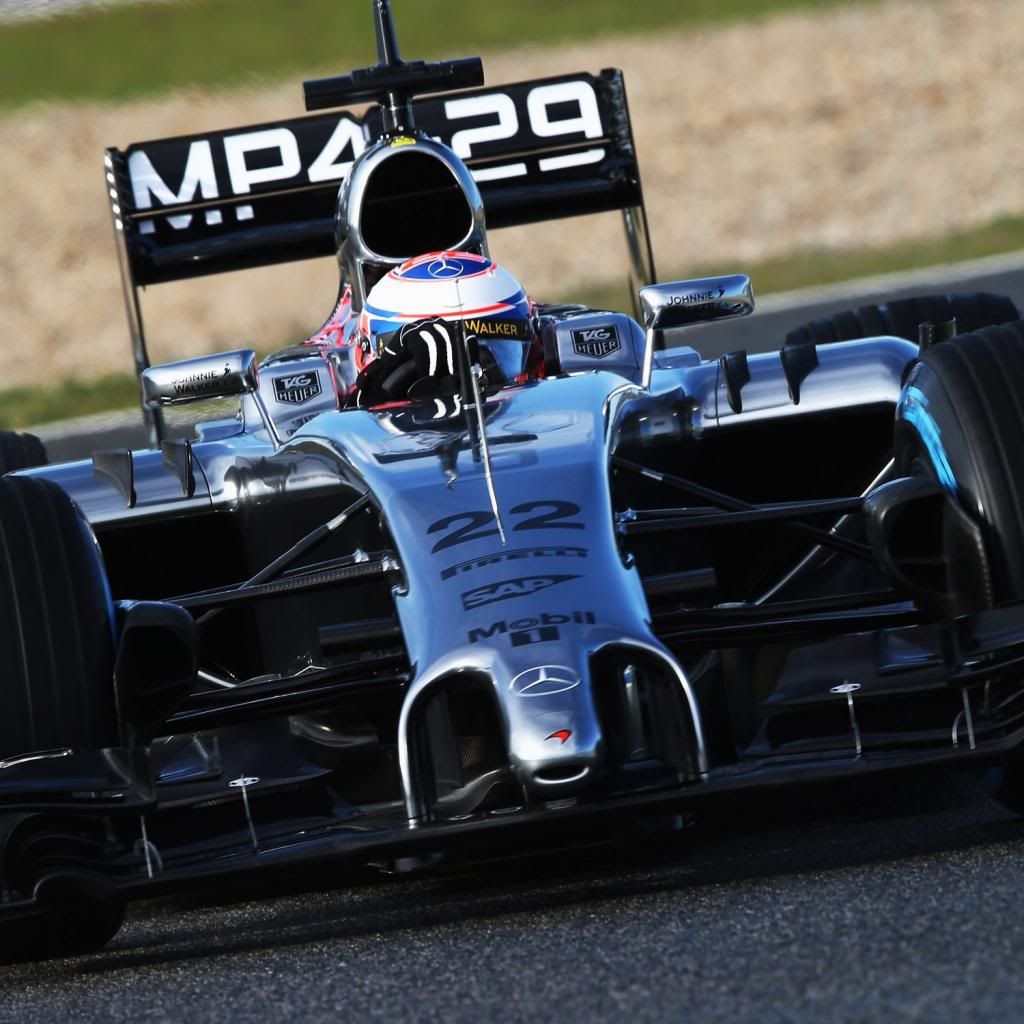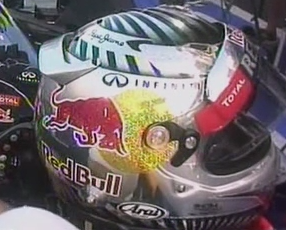I like tha Kimi pic...cute
- Login or Register
No account yet? Sign up


raymondu999 wrote:Vettel's Abu Dhabi helmet again sported a mini-wing with a slot gap between the "helmet" and the flick up
At speeds of 220 MPH (354 km/h) the driver could feel an upward pull in excess of 50 lbs (222 N). In addition, the helmets were subject to violent side-to-side buffeting. These forces strain and fatigue the drivers' necks as well as blurring their vision.




this is (Karman) vortex shedding, Reynolds no dependent and related to interaction of helmet and screen ?Cam wrote:Some info here done on early Helmet aerodynamics.In addition, the helmets were subject to violent side-to-side buffeting